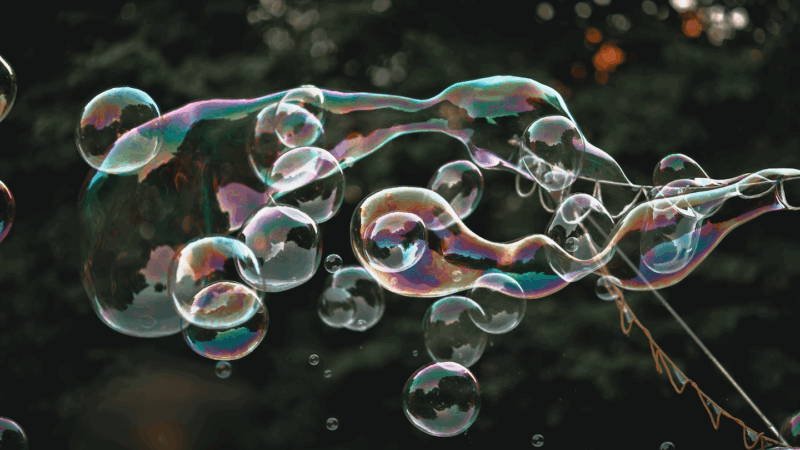Abstract
Marine mammals are well adapted to living in the sea. For example, whales and dolphins are excellent divers, hold their breath for long periods, and can sleep underwater. However, this was not always the case. In fact, whales and dolphins (collectively known as cetaceans) evolved from mammals that once lived on land! How did cetaceans develop these abilities to live underwater? A group of chemicals called neuropeptides may hold the answer. These chemicals play important roles in numerous bodily processes including sleep, feeding and the maintenance of blood pressure.
We compared the neuropeptides found in cetaceans with those found in land mammals. We wanted to see how they are different. We found that marine mammals have lost the ability to make many of the neuropeptides that land mammals still have. So, differences in neuropeptides may explain how cetaceans adapted to live in a marine environment.
The post How did mammals evolve to live in the sea? appeared first on Science Journal for Kids and Teens.
















